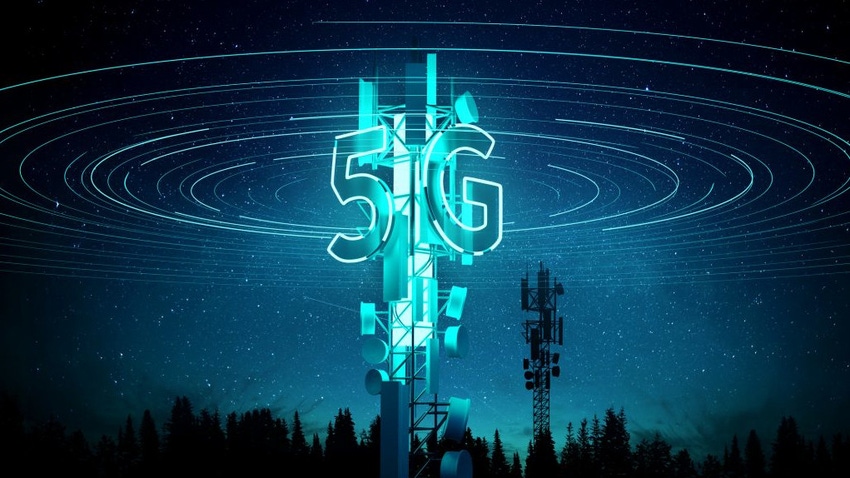5G revenues to jump 32% this year, according to study
According to a study from Juniper Research, 5G Advanced and RedCap will help operators rake in $400 Billion in service revenues from 5G networks in 2024 – a 32% hike on last year.
January 15, 2024

The report says that as consumer 5G penetration rates become saturated, it will be ‘imperative’ for operators to launch 5G services geared towards enterprise IoT users – specifically 5G Advanced and 5G RedCap (Reduced Capacity).
The report describes 5G Advanced as ‘a development of the next evolutionary stage of 5G’ and says it will unlock new opportunities for operators and strengthen 5G support for XR, VR and AR applications, while AI and machine learning will be a key to improving network performance.
It says Redcap is “an emerging 5G standard that will leverage 5G network standards to provide high data rates, extended battery life and low latency to specific use cases across the IoT space. Outlined in R17 of the 3GPP specifications, the service will provide operators with a platform to compete with other connectivity technologies outside of the telecommunications ecosystem.”
These technologies will help boost the IoT sector, we’re told, and Juniper forecasts there will be over 360 million 5G IoT devices using public network by 2028, compared to 35 million devices in 2024.
Meanwhile FWA (Fixed Wireless Access) will also benefit from a speed boost thanks to these technologies, enabling operators to offer similar network conditions as fixed network service providers. ‘Operators must leverage their existing billing relationships with consumers to promote their FWA solutions,’ says the report.
“FWA has always been positioned as a key service for 5G network monetisation, but the emergence of 5G Advanced and 5G RedCap will enable operators to offer similar network conditions as fixed network service providers,” said Research co-author Sam Barker. “Operators must leverage their existing billing relationships with consumers to promote their FWA solutions.”
Meanwhile the report looks further into the future towards 6G. 5G Advanced enables the development of 6G systems, we’re told, which it anticipates will further contribute to a more ‘efficient digital ecosystem.’
“For instance, technologies such as XR will evolve into immersive communication in which humans will interact with machines, requiring 6G to offer a more advanced experience,” reads the report. “Furthermore, the technology components investigated in 5G Advanced evolution are essential precursors to key 6G building blocks. The data processing will be higher at the edge of the network for 6G, continuing for critical services. The development of 6G will build on the existing infrastructure of 5G, continually improving reliability, efficiency and optimisation across a network.”
While operators will no doubt be keen to get their hands on anything like a 32% hike in revenues this year, a lot of the nascent services the report suggests they start flogging to the enterprise market will presumably hinge on continued expansion of 5G standalone networks to make the full use of 5G’s capabilities. However market statistic from the GSA late last year claimed that the number of operators investing in standalone 5G networks globally is growing at a snail's pace.
About the Author(s)
You May Also Like











_1.jpg?width=300&auto=webp&quality=80&disable=upscale)


.png?width=800&auto=webp&quality=80&disable=upscale)